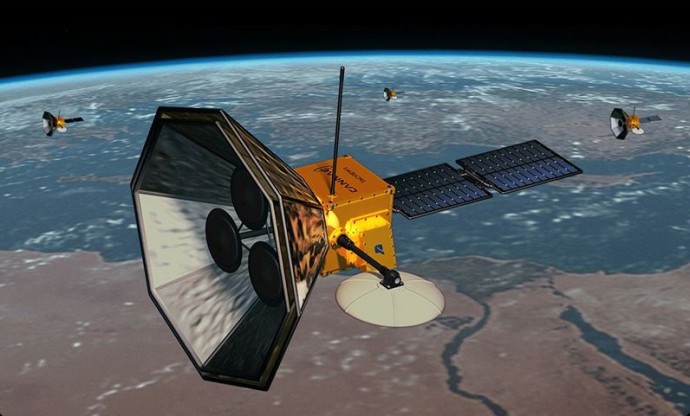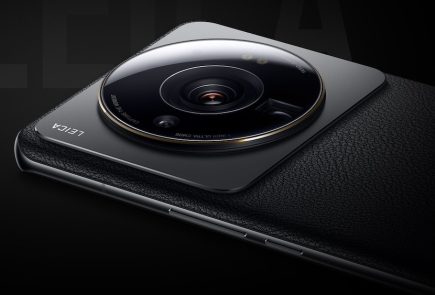NASA Tested a No-Fuel Microwave Based Thruster, and it Worked!

NASA scientists tested a new theoretical thruster model and too their surprise, the model works. Nasa has been working on a lot of propulsion and thruster models to make space flight cheaper, faster and more convenient. Currently reaching space is still a high-investment-high-risk affair. The new model shows hopes that we may have the answers to our woes closer than we thought.
The paper submitted earlier this week at a conference in Cleveland, scientists from NASA’s Eagleworks Laboratories in Houston, Texas, presented a paper which indicated that they had achieved small levels of thrust from a container which contained no traditional fuels. So what generated the trust? The answer is Microwaves bouncing all about the container. Now this is interesting development. Apparently NASA didn’t have a lot of trust in these thrusters and this is more of an accidental find.
The model is called Cannae Drive. The thought behind the model is to allow multiple microwaves free to bounce end to end in a specially designed container. The container is shaped in an uneven pattern which aids in the dispersion of the microwaves.
The Cannae Drive experiment is just at the beginning stage and there is no knowledge yet if it can be scaled up to power spaceships. Though it is estimated that if it becomes fully functional, the distance between Earth and Mars can be covered in terms of a few weeks instead of the several months it takes now. It will also make satellites more efficient and easier to manage.
But by now you might be asking that this sounds too good to be true. Well there are a couple of issues with the technique. NASA’s team had built two Cannae Drives, one of which was designed to fail, and instead it worked. The scientists indicated their surprise find by writing in their paper abstract: “Thrust was observed on both test articles, even though one of the test articles was designed with the expectation that it would not produce thrust.” That suggests the drive is “producing a force that is not attributable to any classical electromagnetic phenomenon.” They are assuming that the interaction is occurring in the quantum vacuum, which is the lowest energetic state. The scientists don’t have much evidence to support their idea yet.
The Cannae drive is a close enough idea to a technique called ‘Emdrive’ which has been tested by Argentine and Chinese scientists. The Emdrive trials have proved successful in small scale models.
Space travel needs a constant heavy intellectual interest and innovative ideas that have never been tried before. Experiments like this show how ignorant we still are to the massive potential nature can offer us to further our sciences. Sometimes the greatest inventions are made when we least expect them.























